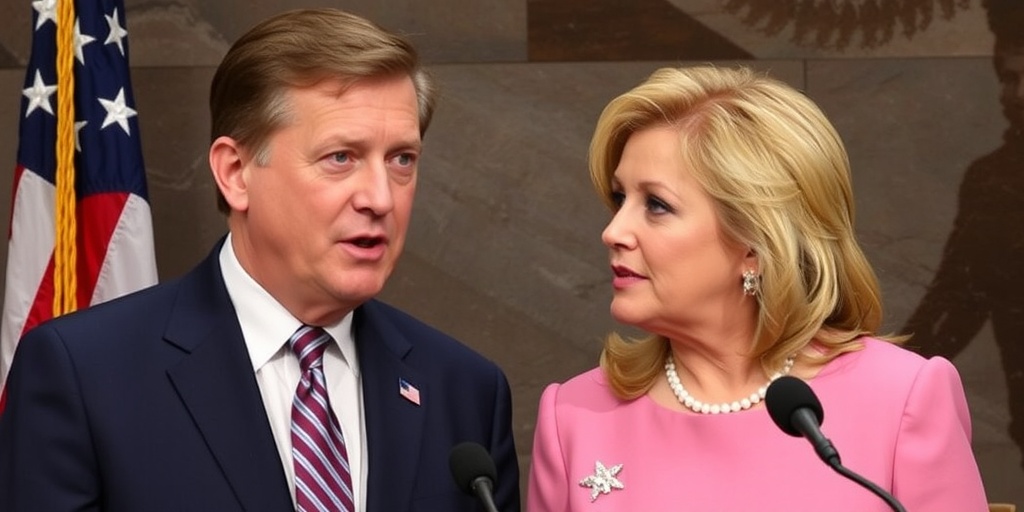Now Reading: FDA Loses AI and Food Safety Review Staff
-
01
FDA Loses AI and Food Safety Review Staff
FDA Loses AI and Food Safety Review Staff

Title: FDA Faces Backlash Following Massive Layoffs Amidst Concerns Over Medical Safety
In a significant and controversial decision, the Food and Drug Administration (FDA) recently let go of nearly 700 personnel, a move that raises questions about the safety and efficacy of critical medical oversight. This choice follows the FDA’s efforts over the past few years to bolster its workforce with experts in surgical robotics, artificial intelligence, food chemistry, and diabetes management, designed to keep pace with rapid advancements in medical technology.
The layoffs occurred during a weekend of mass firings and left many puzzled, especially since a substantial number of those affected were specialists in areas crucial to public health and safety. Unbeknownst to many, these positions were funded through industry user fees rather than taxpayer dollars. These fees, authorized by Congress, have become a significant component of the agency’s budget, contributing nearly half of its $7.2 billion annual funding. While viewed critically by some, including Health Secretary Robert F. Kennedy Jr., the user fees have been deemed indispensable for maintaining adequate staffing levels necessary for the rigorous review processes of thousands of medical products.
Although the FDA’s overall employee strength stands at about 18,000, the personnel cuts hit particularly hard in smaller, specialized teams, prompting concerns about the potential compromise of medical device safety. Among those laid off were scientists responsible for monitoring tests related to evolving pathogens and those involved in evaluating the safety of critical medical devices, including surgical staplers and diabetes management systems. Moreover, the decision even affected staff who participated in assessing the neurological implants developed by Neuralink, the company founded by Elon Musk.
This unprecedented reduction in workforce has spurred a formal request from a major medical device trade association, urging the Trump administration to reassess its approach to these layoffs. The cuts extended into the tobacco division, affecting employees tasked with ensuring compliance regarding underage tobacco sales, which is exclusively funded through an excise tax on cigarettes.
Dr. Robert Califf, the FDA Commissioner, criticized the layoffs as arbitrary and detrimental to the agency’s efficiency. He highlighted the need for specialized expertise, stating, “These are not hires that are done arbitrarily. They’re done to meet a need.” Unfortunately, a lawsuit filed by unions representing some FDA employees did little to halt the layoffs, allowing the firings, which deeply impacted the FDA’s food safety staff, to proceed.
Among the most affected divisions was the FDA’s food safety branch, which, while funded by taxpayer dollars, saw a significant reduction in workforce, leading to the loss of key personnel, including toxicologists and chemists. Jim Jones, the former director of this division who recently resigned, pointed out the agency’s shortsightedness in cutting staff that were essential for reviewing food additives—a key priority under the health-focused agenda of the current administration.
In interviews with current and former FDA employees, it was revealed that many of those laid off were relatively new or had recently been promoted, raising concerns about the handling of personnel decisions within the agency. For those who remain, the burden of work has intensified, as they scramble to manage the reviews of medical devices while ensuring public safety, particularly in relation to methods for detecting pathogens during inspections at food production facilities.
The layoffs, delivered through impersonal emails citing inadequate performance, have been met with disbelief by affected employees, many of whom had received commendations for exceeding expectations in their roles. One such employee, Tony Maiorana, a chemist focused on diabetes devices, expressed concern over the implications of these cuts, particularly as his team was responsible for monitoring safety complaints and device malfunctions that could have dire consequences for patients.
Similarly, Dr. Albert Yee, an expert in robotics who was part of a team responsible for assessing surgical robots, highlighted the complexity of modern robotic devices and the necessity of diverse expertise within the FDA to ensure comprehensive safety evaluations. Dr. Yee voiced his fears about the consequences of losing institutional knowledge and expertise amid these drastic cuts.
Nathan Weidenhamer, a lead reviewer for cardiovascular devices, also shared his shock at being laid off, emphasizing the critical role that he and his team played in safeguarding public health through effective oversight.
The magnitude of personnel cuts has raised alarms within the medical device industry, prompting AdvaMed, an influential trade association, to appeal to Health and Human Services officials. They acknowledged the need for improved efficiency within the FDA but criticized how the cuts were executed, warning that a well-resourced agency with knowledgeable staff is vital for the safe development of new technologies.
As the FDA wrestles with the fallout from these layoffs, many are left questioning how these choices will impact its ability to fulfill its primary mission: protecting public health in an era of unprecedented medical innovation.
Stay Informed With the Latest & Most Important News
Previous Post
Next Post
-
 01New technology breakthrough has everyone talking right now
01New technology breakthrough has everyone talking right now -
 02Unbelievable life hack everyone needs to try today
02Unbelievable life hack everyone needs to try today -
 03Fascinating discovery found buried deep beneath the ocean
03Fascinating discovery found buried deep beneath the ocean -
 04Man invents genius device that solves everyday problems
04Man invents genius device that solves everyday problems -
 05Shocking discovery that changes what we know forever
05Shocking discovery that changes what we know forever -
 06Internet goes wild over celebrity’s unexpected fashion choice
06Internet goes wild over celebrity’s unexpected fashion choice -
 07Rare animal sighting stuns scientists and wildlife lovers
07Rare animal sighting stuns scientists and wildlife lovers





















